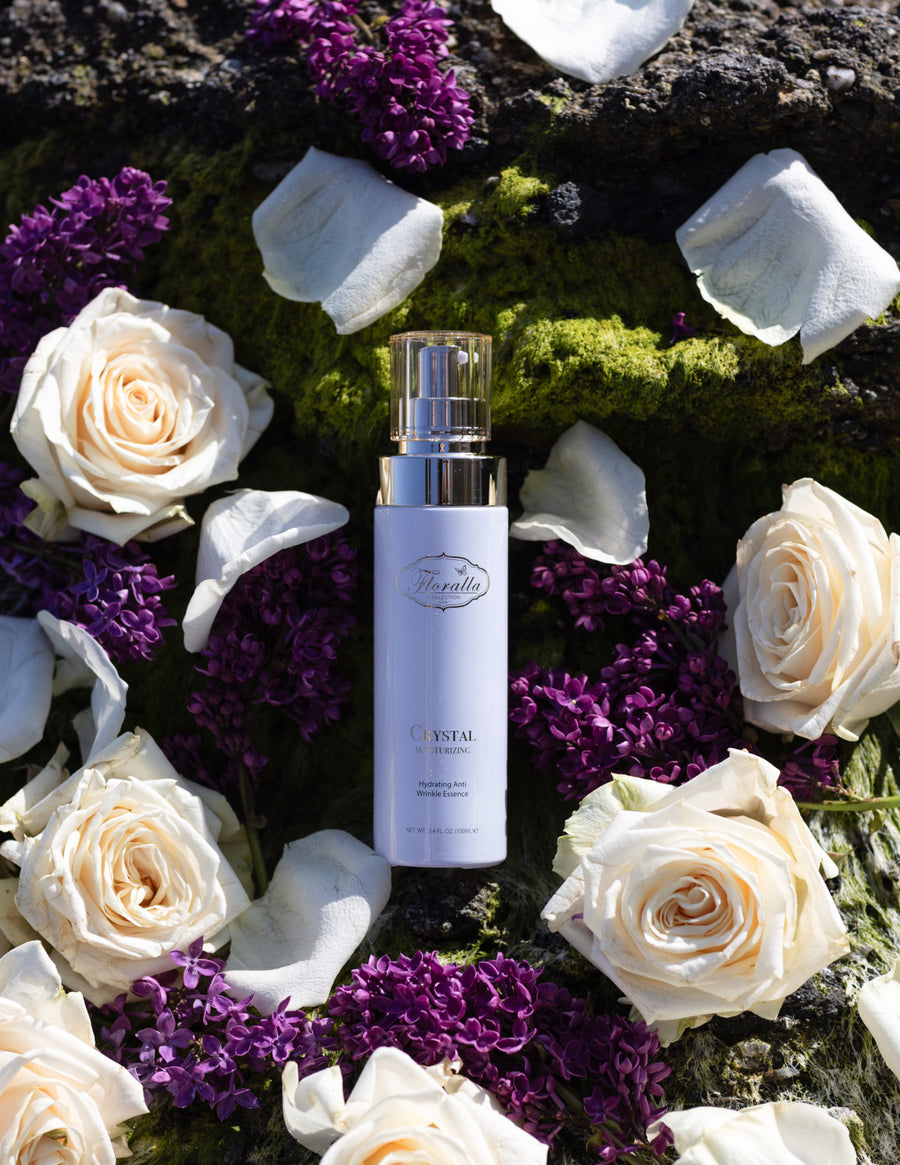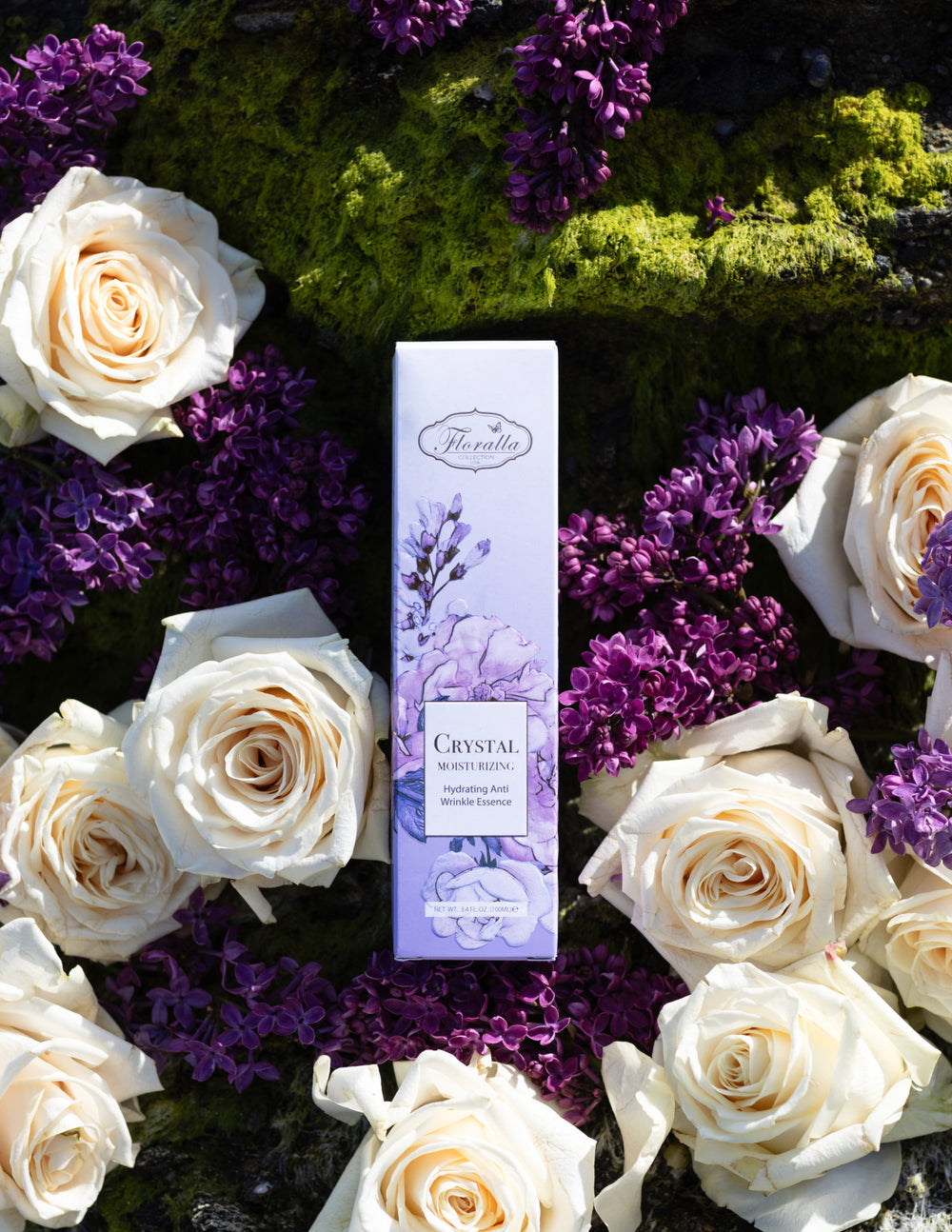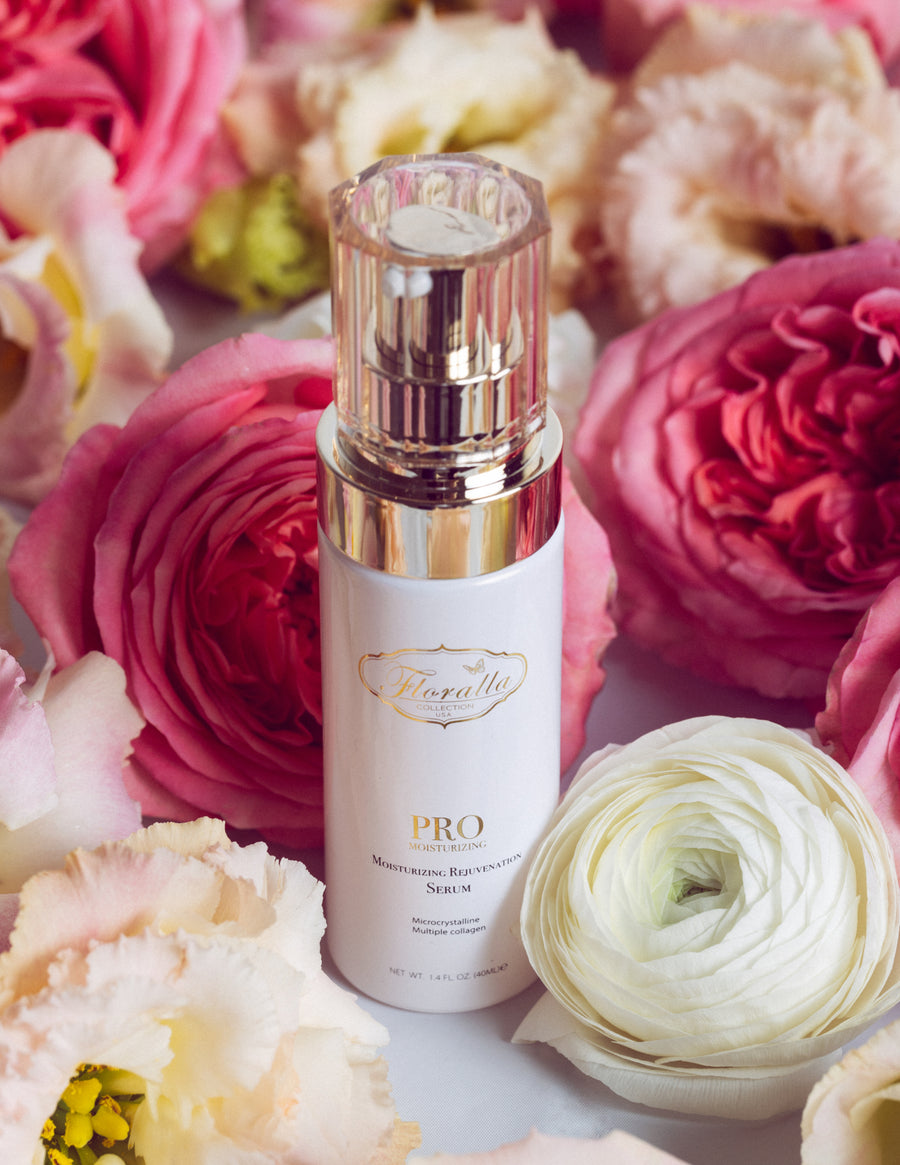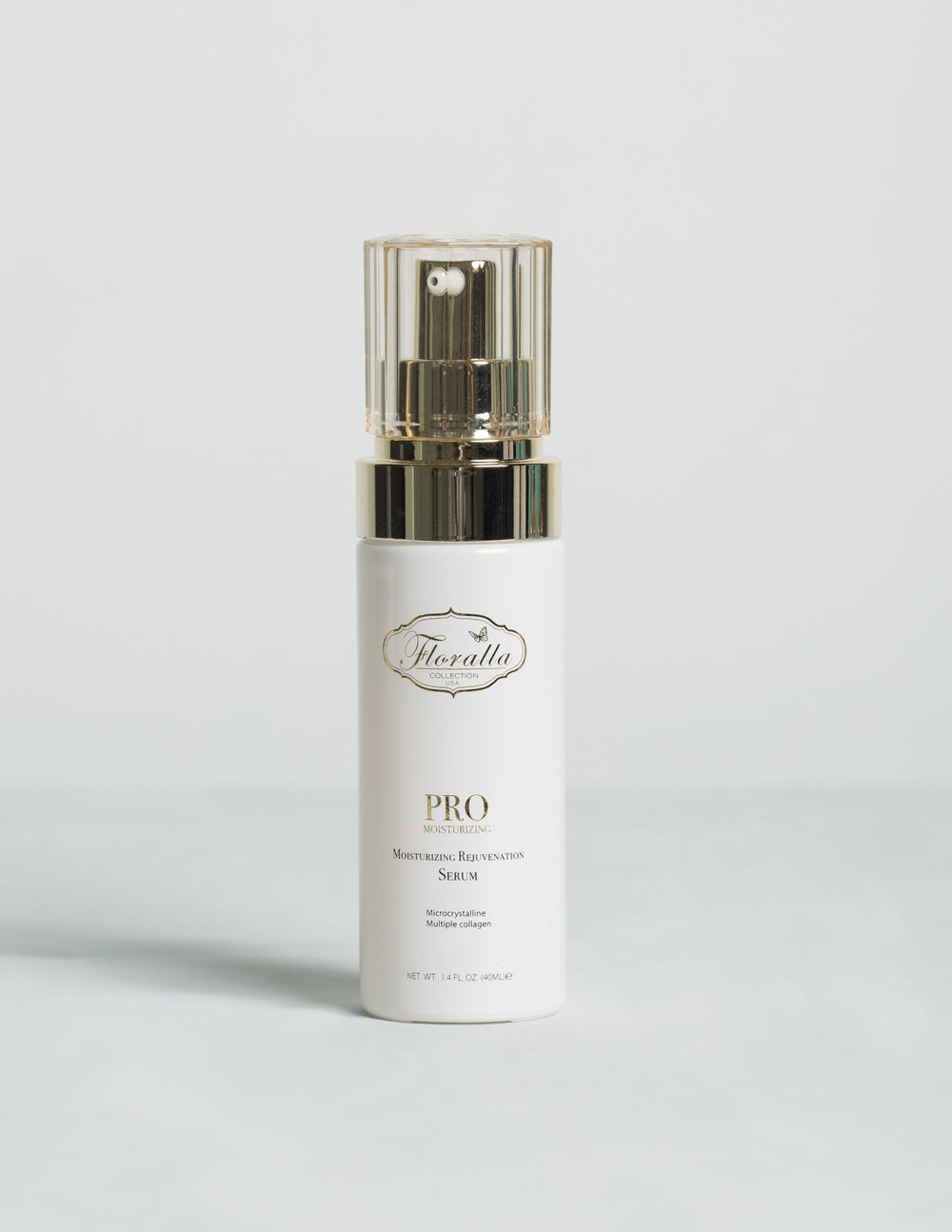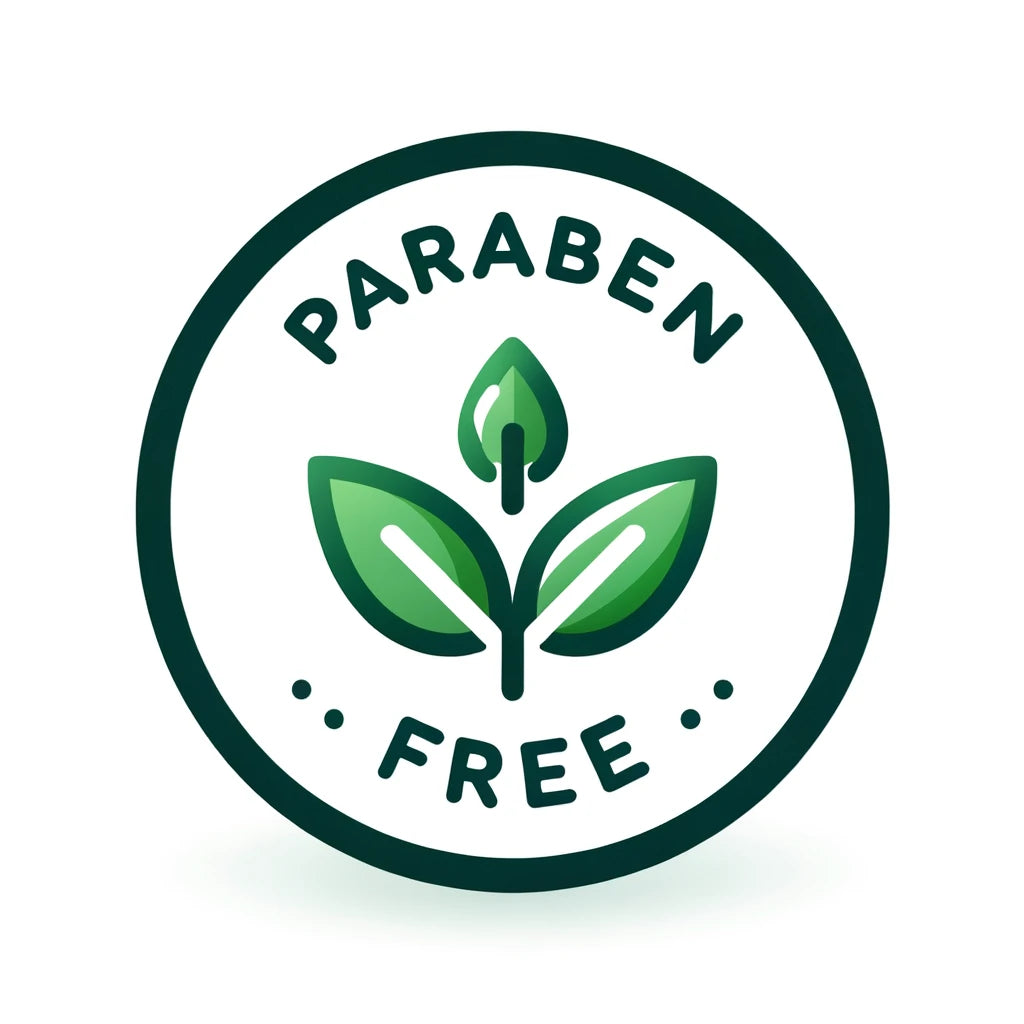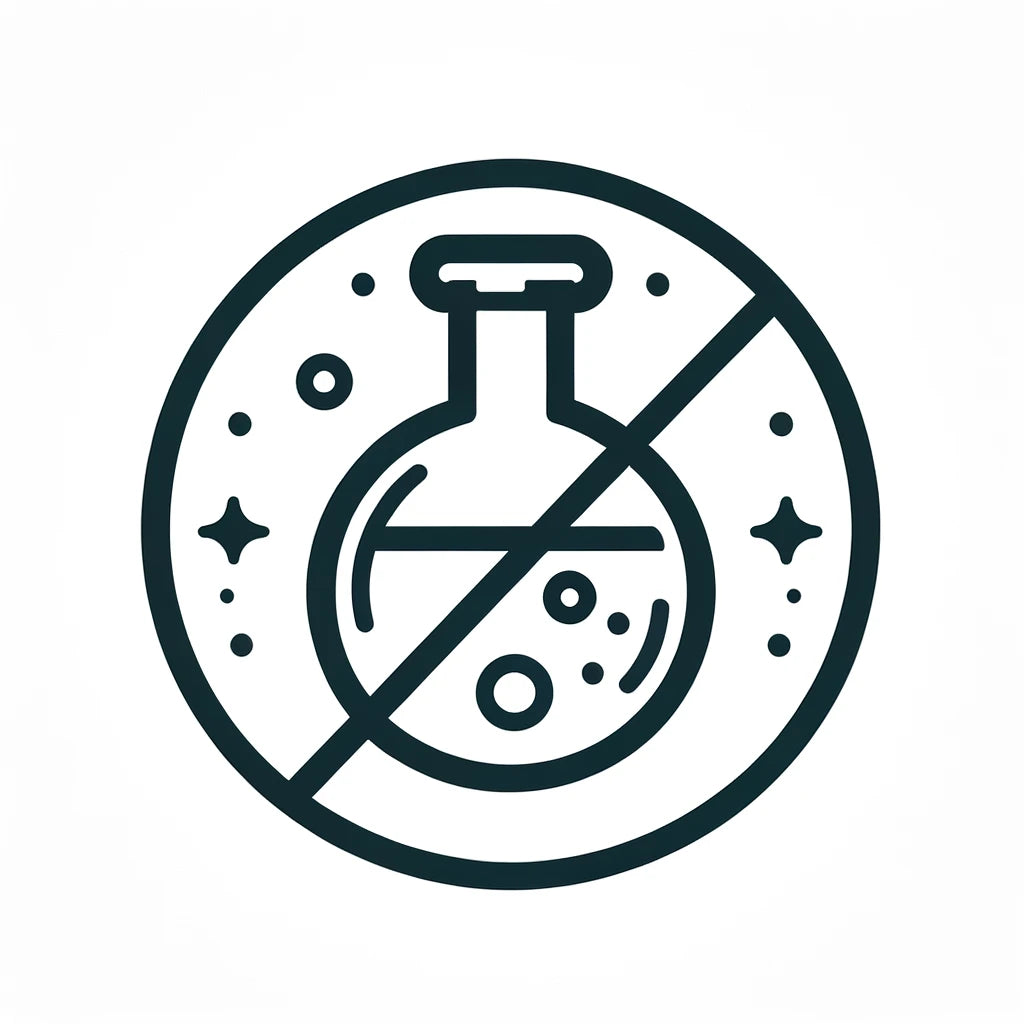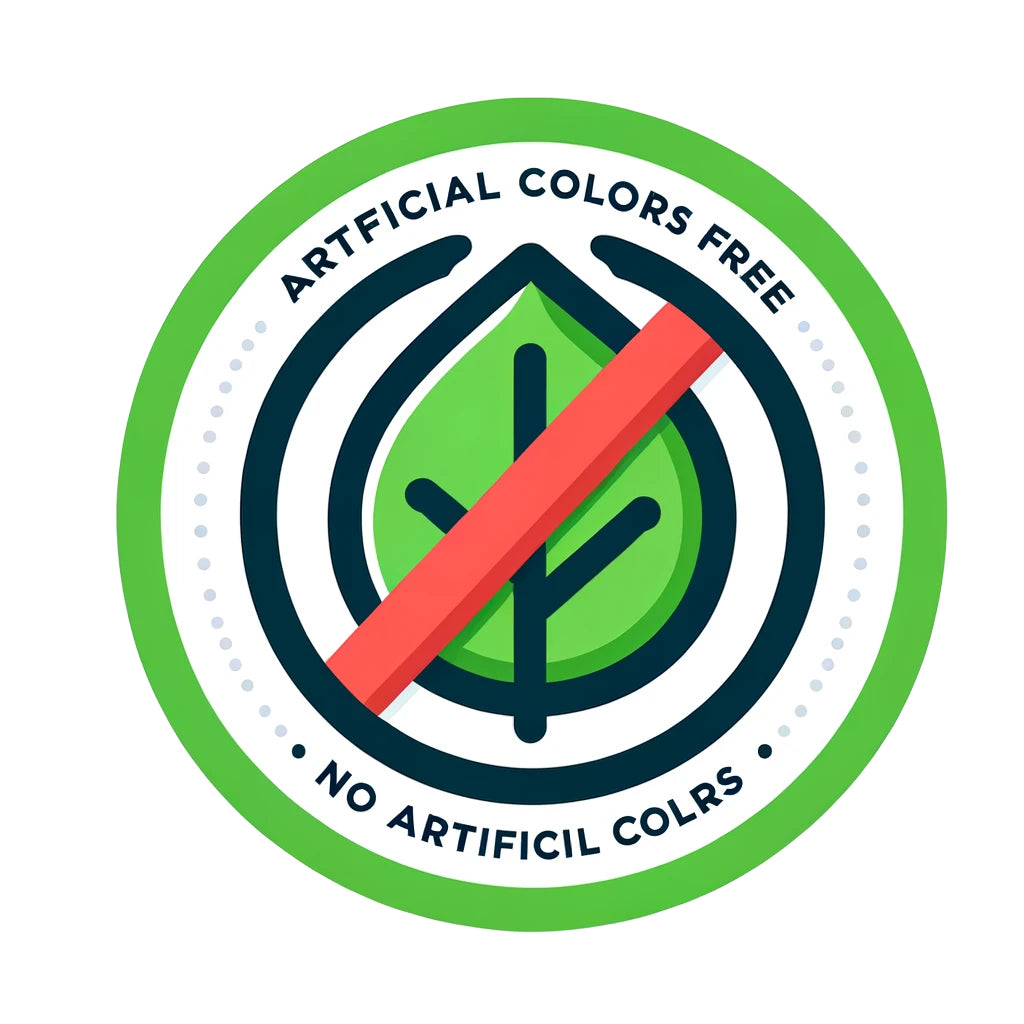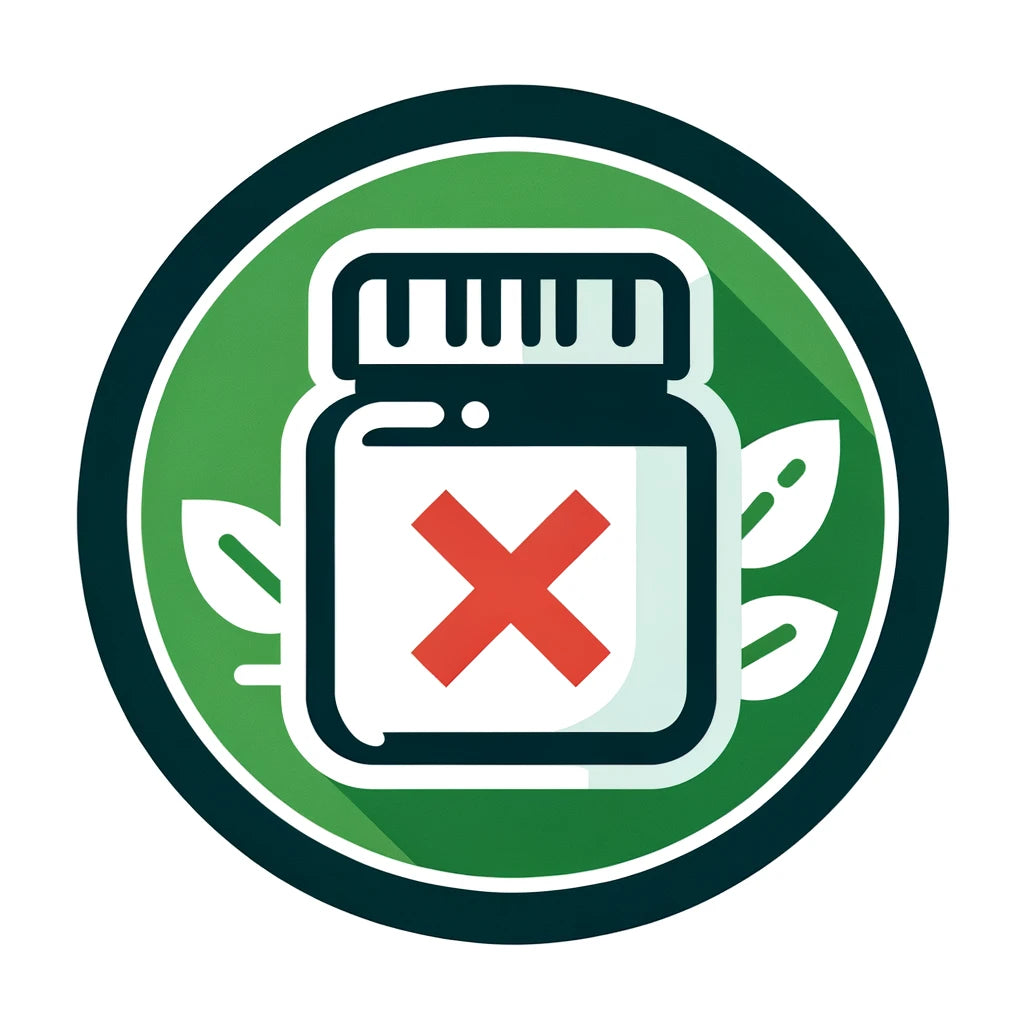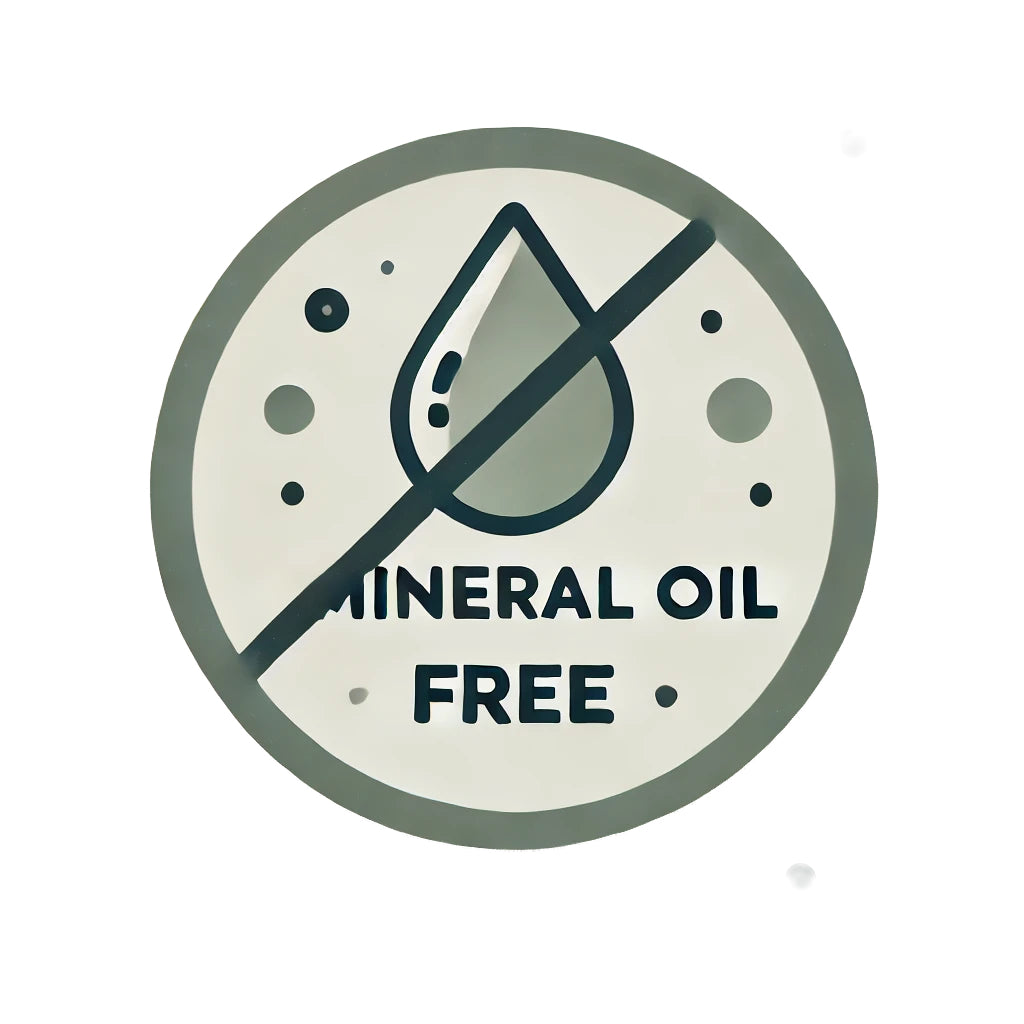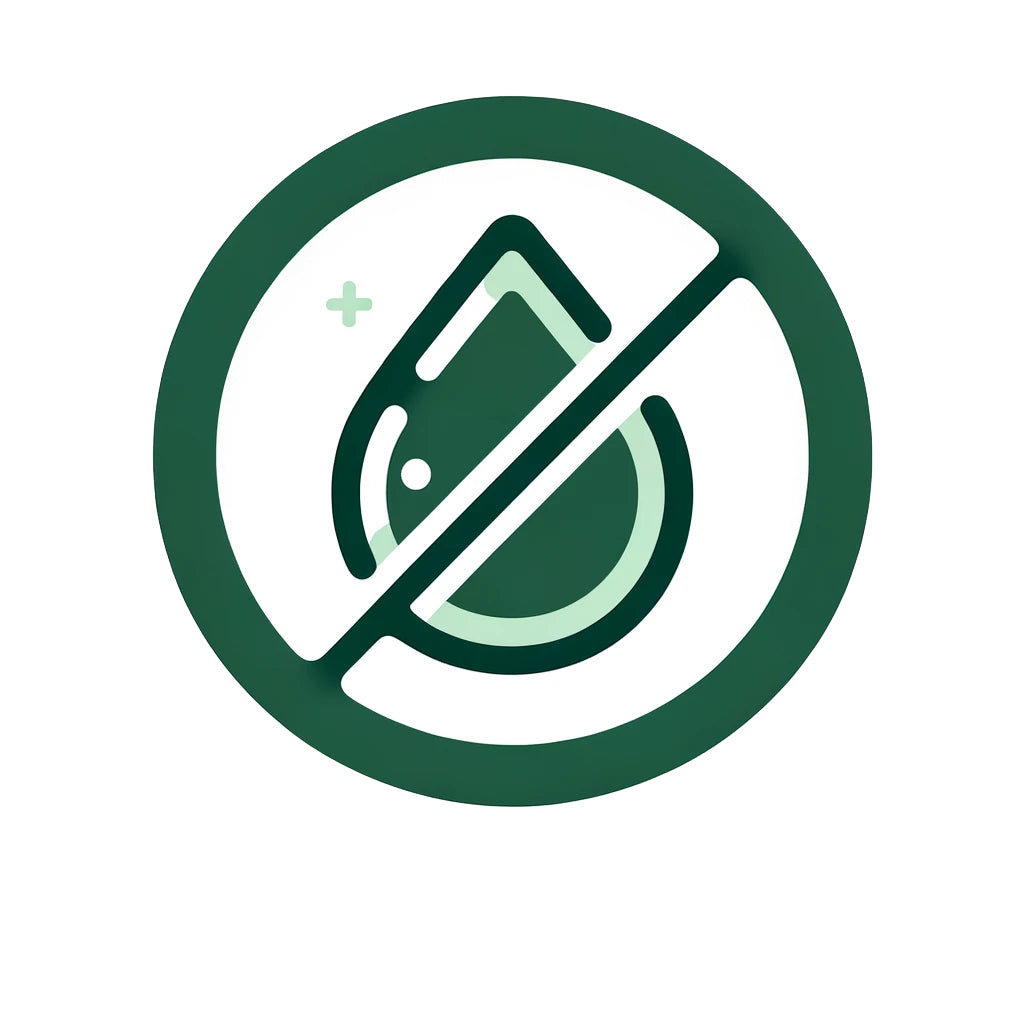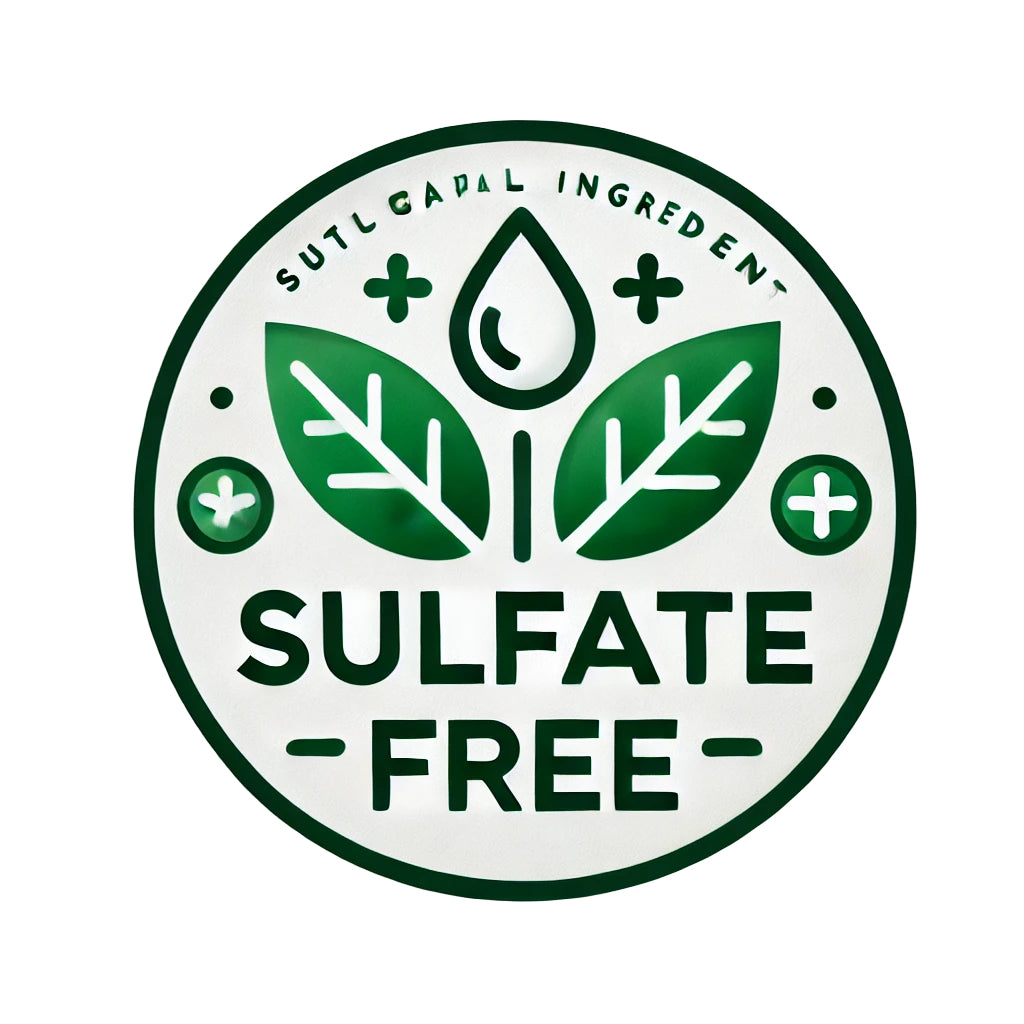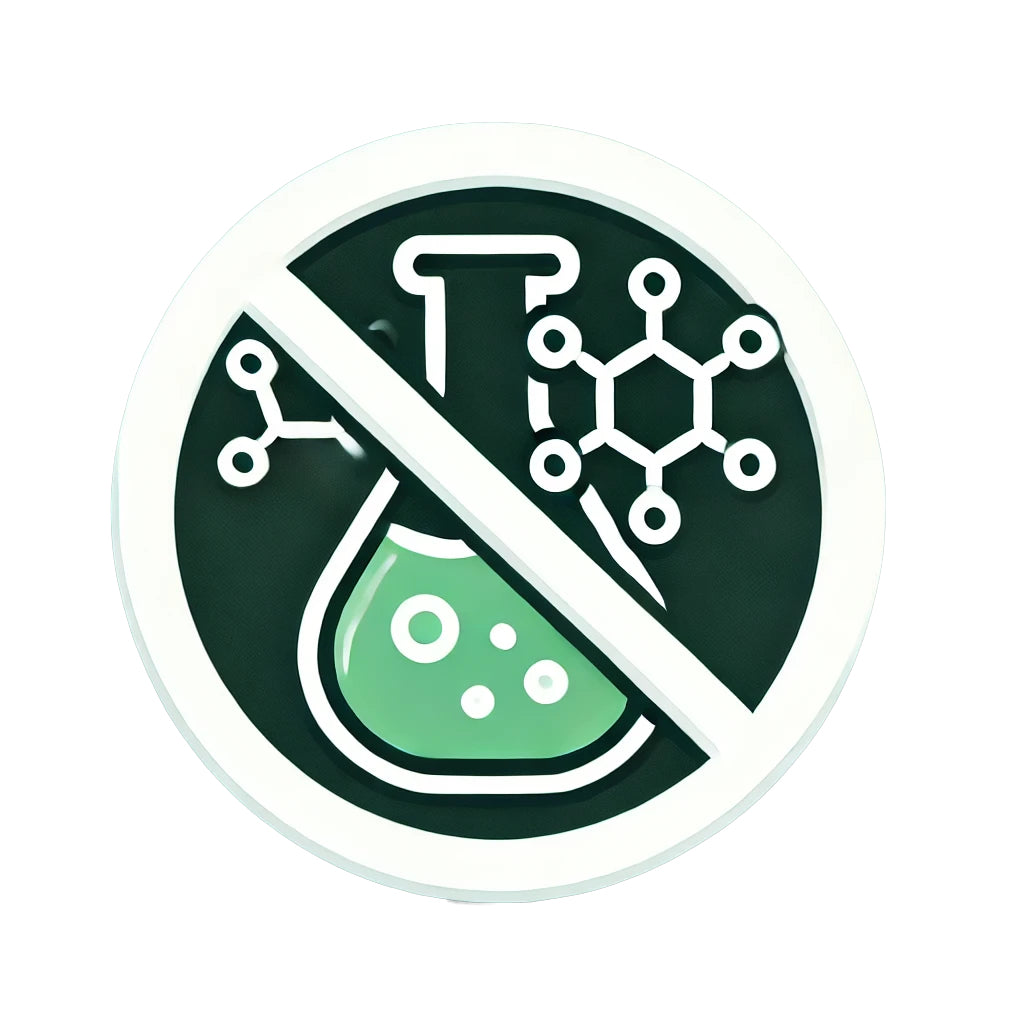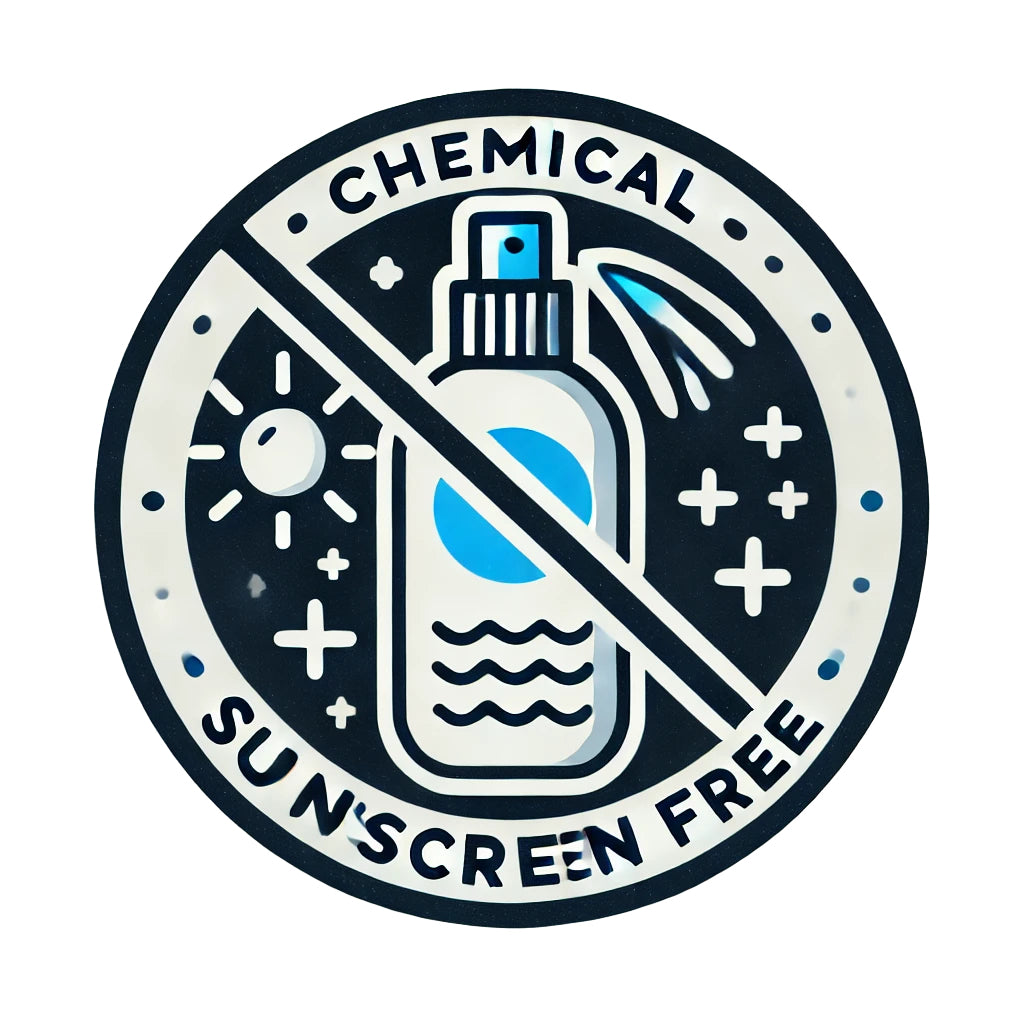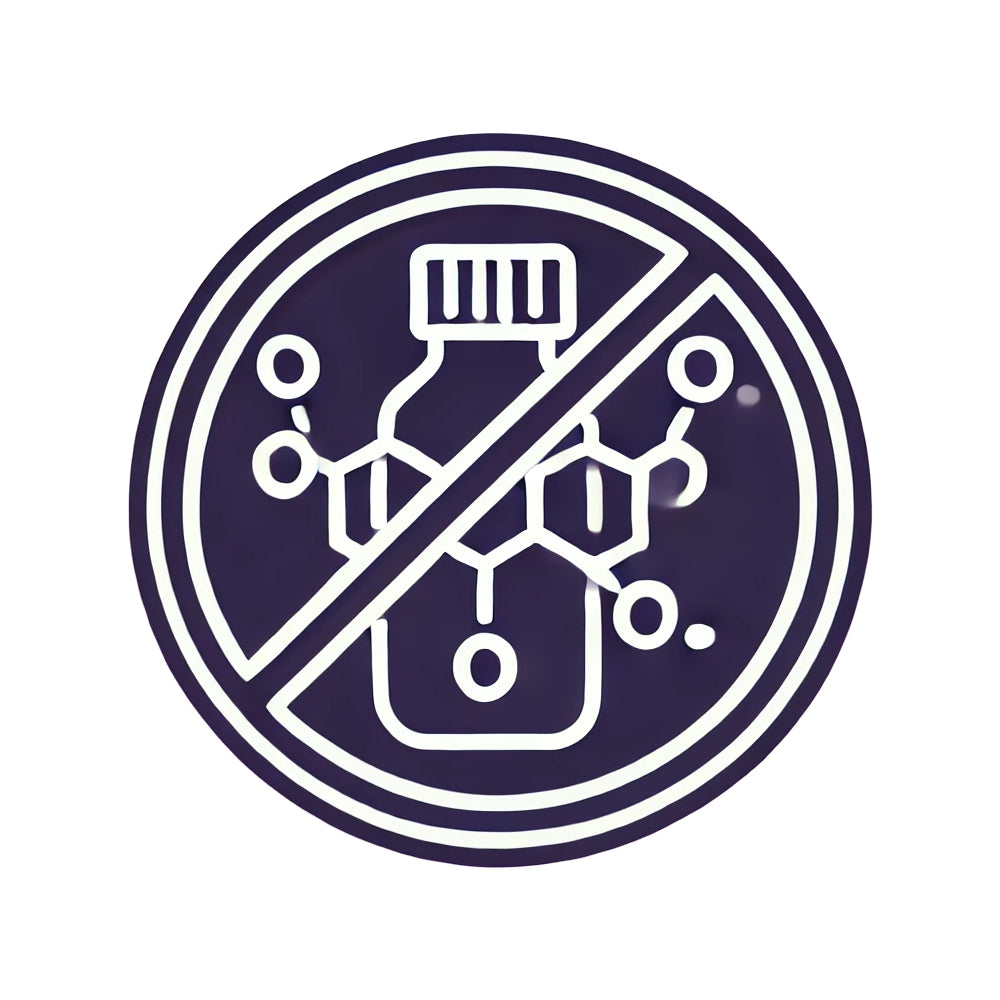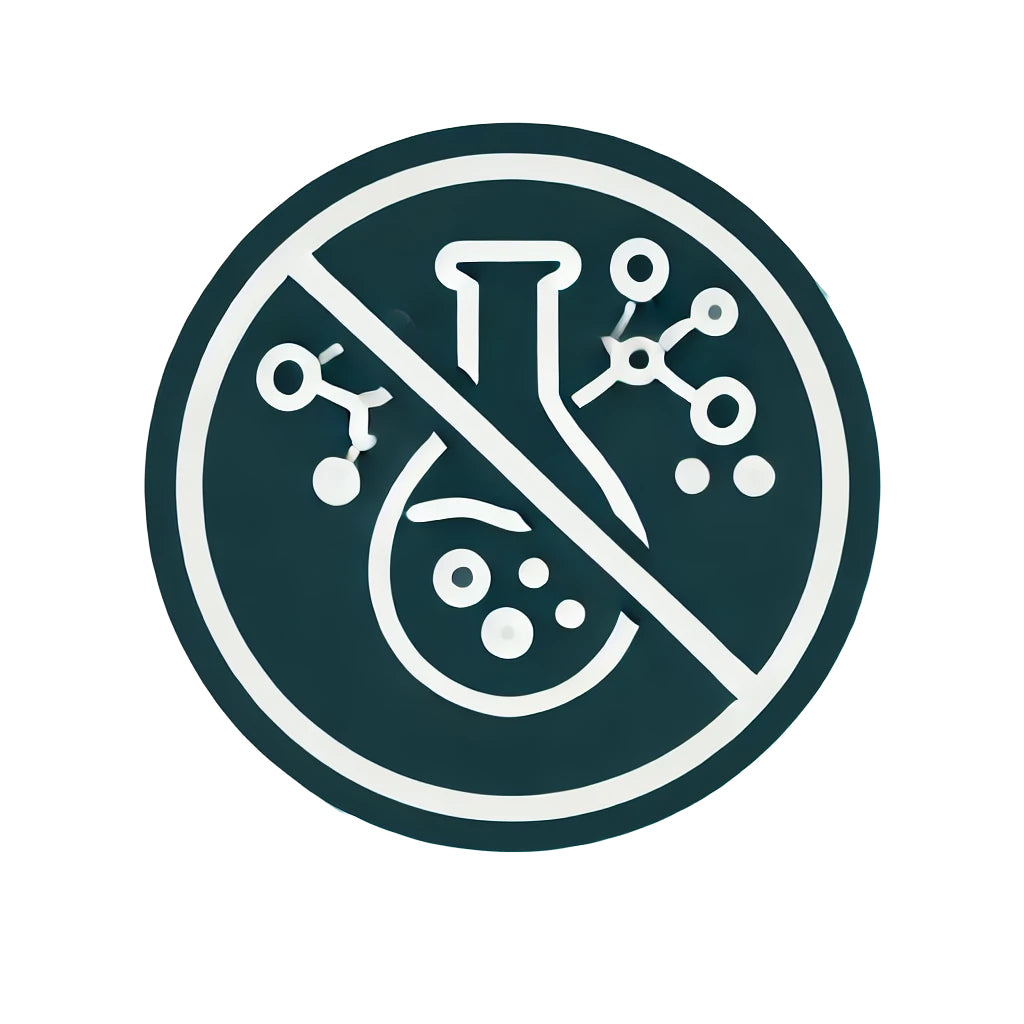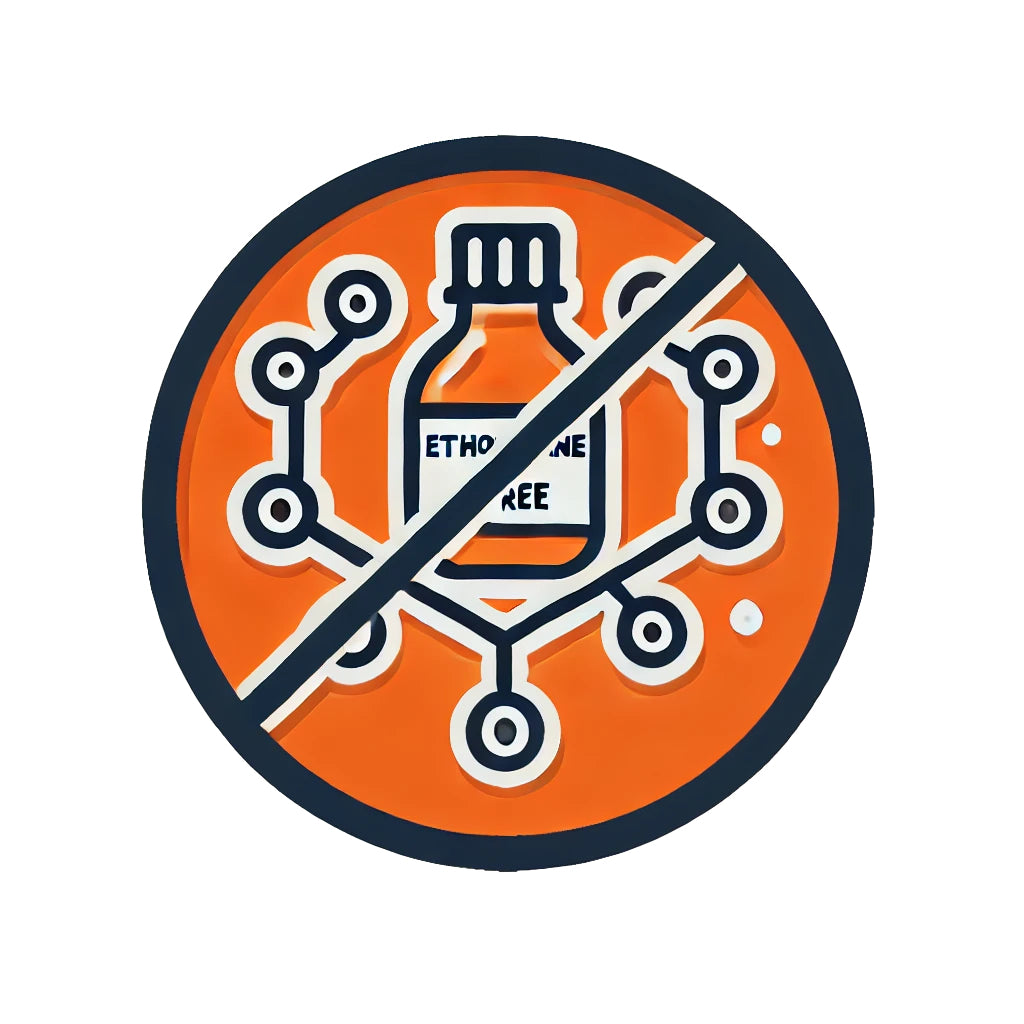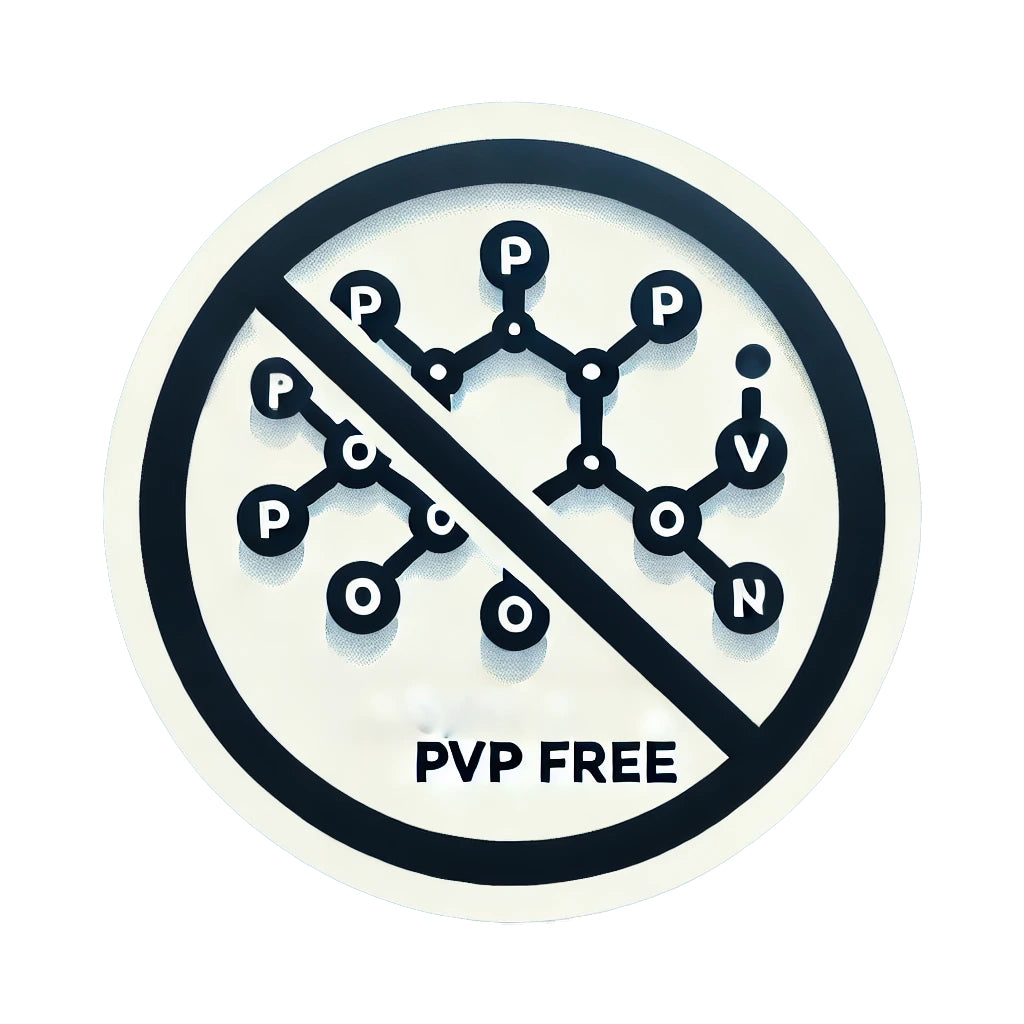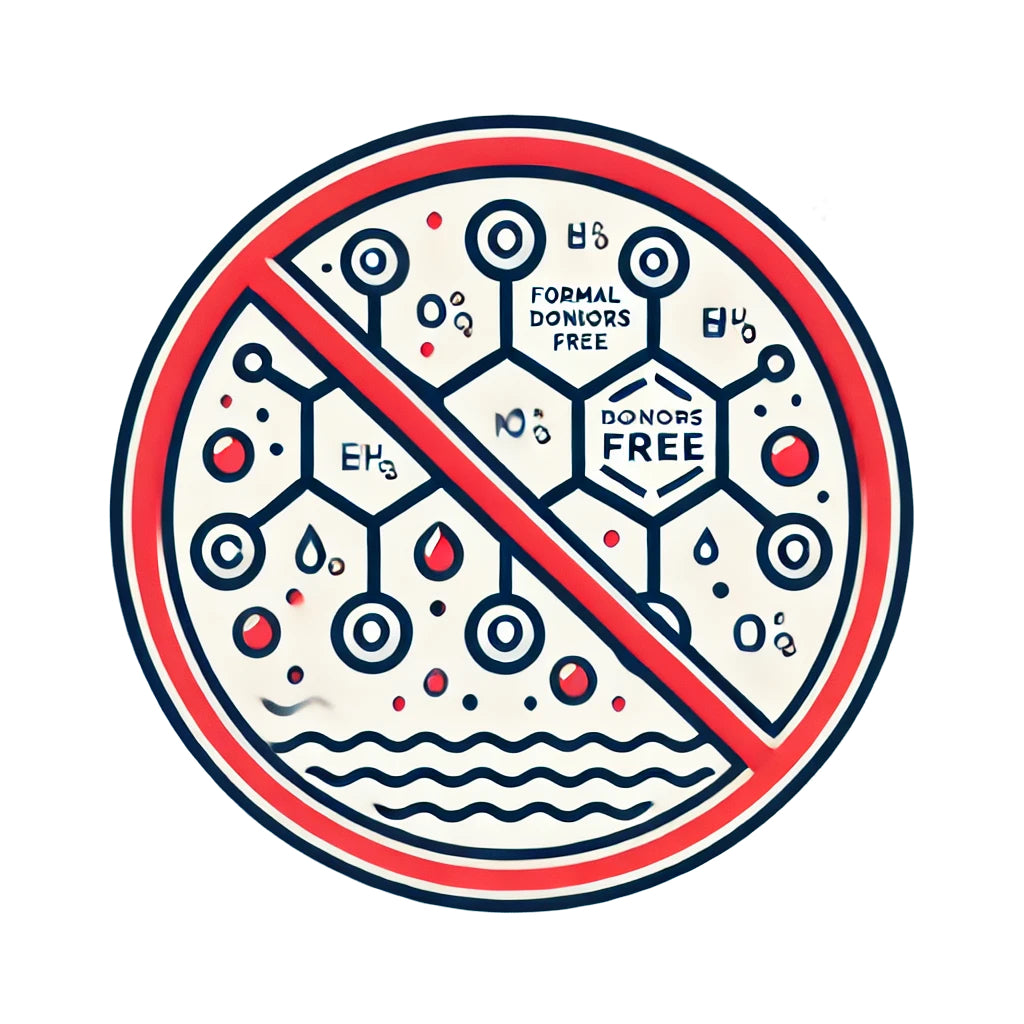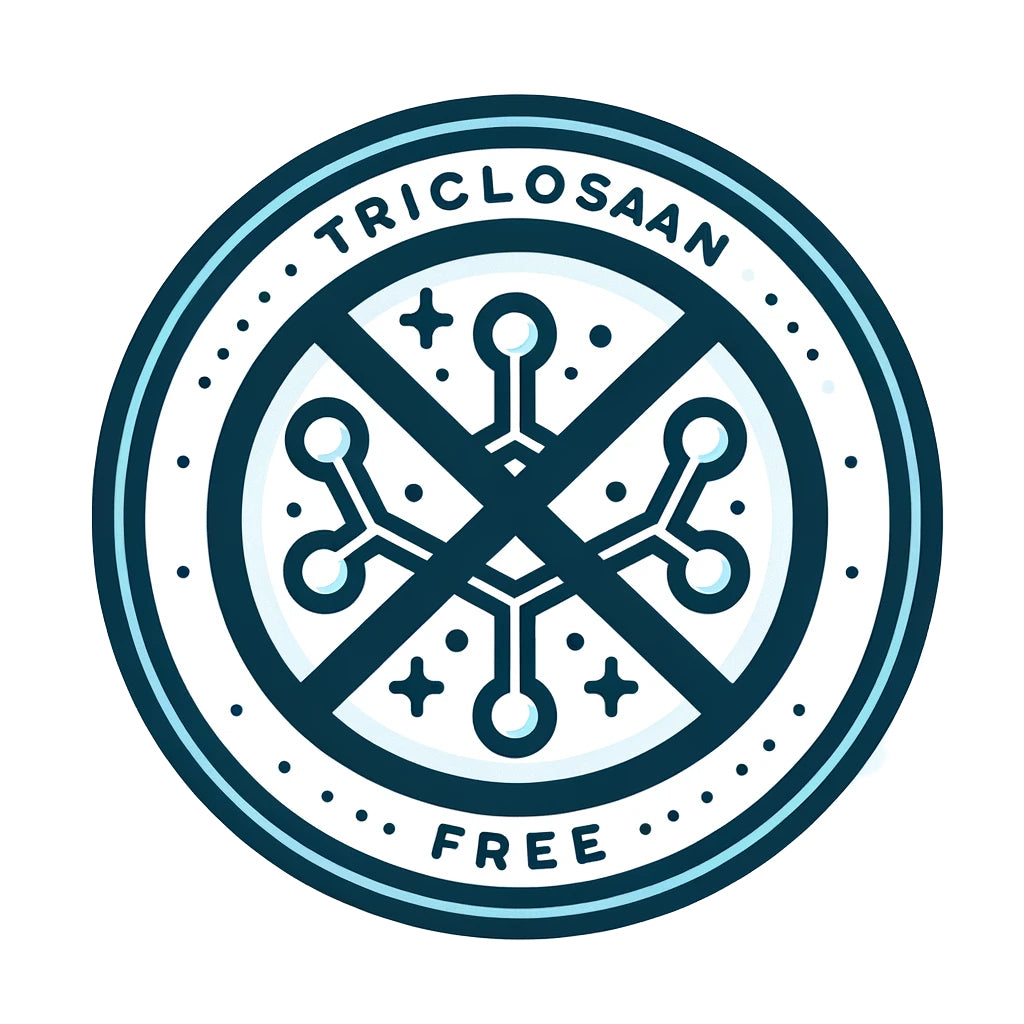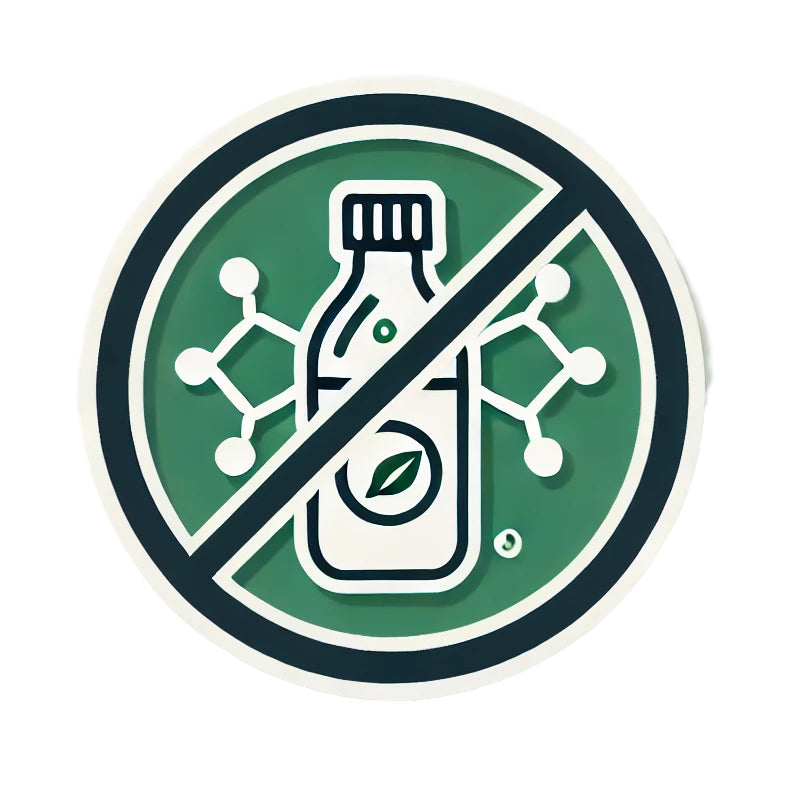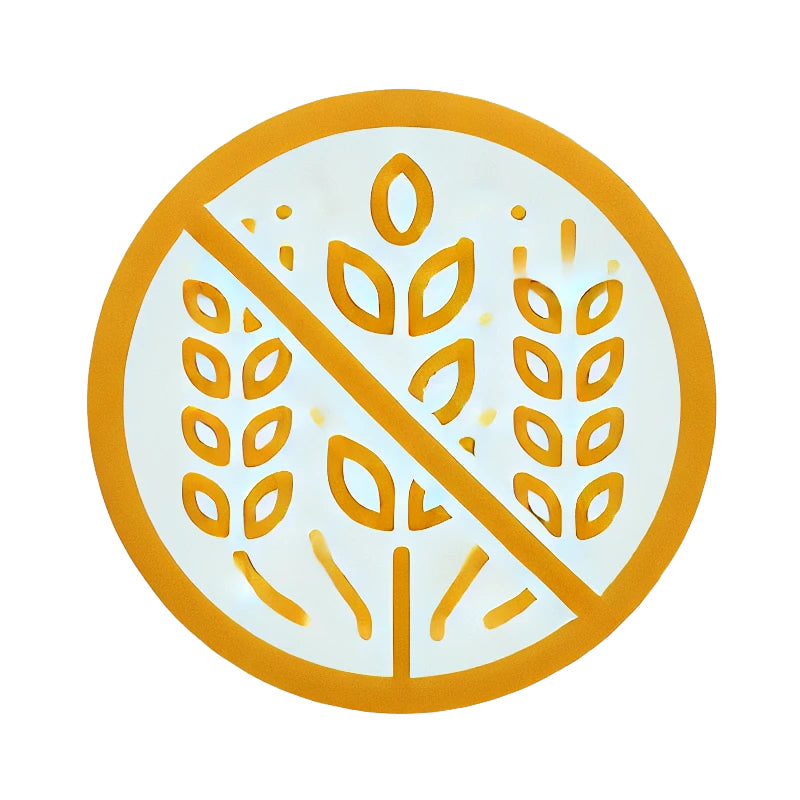Understanding Skin Purging: What You Need to Know for a Radiant Complexion

Ever found yourself puzzled by a sudden outbreak of blemishes, despite being loyal to your skincare routine? 🤔 You’re not alone. It turns out, not all acne is created equal. Vogue’s recent article sheds light on a phenomenon known as ‘skin purging’—a term that might not be found in scientific journals but is well-recognized in clinical practice. With the ideal skincare routine, you can better manage this temporary phase and achieve clearer skin.
What is Skin Purging?
Skin purging occurs when a product or process accelerates your skin’s cell turnover, leading to tiny comedones, often appearing as whiteheads. This can be triggered by ingredients aimed at increasing skin turnover, such as retinoids, AHAs, BHAs, and even treatments like chemical peels or lasers. According to dermatologists, purging is a common response to products that contain active ingredients meant to exfoliate the skin and increase cell turnover.
Key Ingredients That Can Cause Purging:
• Retinoids: These are vitamin A derivatives that increase cell turnover and are commonly used in anti-aging and acne treatments.
• Alpha Hydroxy Acids (AHAs): These water-soluble acids help exfoliate the skin’s surface.
• Beta Hydroxy Acids (BHAs): These oil-soluble acids penetrate deeper into the pores to remove dead skin cells.
• Chemical Peels: Professional treatments that use a combination of acids to exfoliate the skin.
• Laser Treatments: Procedures that use focused light to improve skin texture and tone.
While it might sound daunting, skin purging typically lasts anywhere from four days to six weeks, with an average duration of about two weeks. This timeline can vary based on individual skin types and the specific products being used.
Is Skin Purging Good or Bad?
Here’s the kicker: skin purging isn’t inherently good or bad. It can occur with high-quality products and might also happen when the skin barrier is compromised. Dermatologists emphasize the importance of differentiating between purging and regular breakouts.
Signs of Skin Purging
• Occurs in areas where you commonly break out.
• Appears as clusters of small whiteheads or comedones.
• Clears up faster than a typical breakout.
Signs of a Bad Reaction
• New breakouts in areas where you usually don’t get acne.
• Redness, swelling, or irritation beyond small whiteheads.
• Prolonged breakouts lasting longer than six weeks.
The key is to repair the barrier function first, then introduce the new treatment or product gradually. If you’re experiencing purging, don’t panic. It’s essential to treat your skin gently—avoid picking or over-exfoliating. Instead, focus on hydration and barrier repair with ingredients like ceramides and hyaluronic acid in non-comedogenic formulations.
How to Manage Skin Purging
Remember, skin purging is part of the journey to better skin results. It’s about understanding and responding to your skin’s needs with patience and care. Here are some tips to manage this phase:
1. Gentle Cleansers: Use mild, non-irritating cleansers that won’t strip your skin of its natural oils. Look for products labeled as “gentle” or “hydrating.”
2. Hydration: Focus on hydrating products that help repair the skin barrier. Look for ingredients like ceramides and hyaluronic acid. Studies show that ceramides can significantly improve skin barrier function and hydration levels.
3. Non-Comedogenic Moisturizers: These are specially formulated to not clog pores, reducing the risk of further breakouts. A study published in the Journal of Dermatological Science found that non-comedogenic products help maintain clear skin during acne treatment.
4. Avoid Over-Exfoliating: While it might be tempting to scrub away the blemishes, over-exfoliating can damage your skin barrier and prolong the purging phase. Dermatologists recommend limiting exfoliation to once or twice a week.
5. LED Light Therapy: This can be beneficial in calming the skin and reducing inflammation. Research indicates that blue light therapy can effectively reduce acne-causing bacteria, while red light can reduce inflammation and promote healing.
Embracing Sustainable Beauty
As we navigate the world of skincare, it’s crucial to stay informed and make choices that align with our skin’s health and our environmental values. Embracing eco-friendly and sustainable beauty practices can go hand in hand with achieving the radiant skin we all desire. 🌿💧
For those looking to smooth out their skin during this phase, gentle cleansers and non-comedogenic moisturizers are your best friends. And treatments like LED light therapy can be beneficial in calming the skin down.
Conclusion
Skin purging is a natural process on the journey to healthier, more radiant skin. By understanding and responding to your skin’s needs with patience and care, and with the right skincare products, you can navigate this phase effectively. Remember, it’s about the long-term results and finding a balance between effective skincare and sustainable practices.
